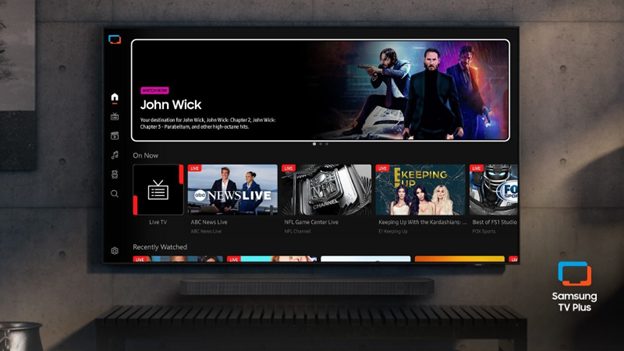Precision, Shively partner on vertical polarization for VHF DTV
Precision Communications is partnering with Shively Labs in developing a supplemental vertically polarized antenna that can be added to existing horizontally polarized main antennas broadcasting on Channels 7-13.
“We saw the need for and developed this product in conjunction with Shively because we identified that broadcasters need help with their DTV signal penetration,” said Troy Kyman, president of Precision Communications. “We approached Shively because of their long track record with high-quality FM antennas and their ability to respond quickly to new requirements. It was not difficult for Shively to design a vertically polarized antenna for TV based upon one of their new, full-size FM products.”
The criteria provided to Shively Labs were that the antennas had to be of rugged design, easily installed and have a very low impact upon the existing tower structure. This requires very low wind load and a straightforward, readily repeatable mechanical design. Shively Labs ultimately provided a stainless steel, pressurized antenna array that can be sized for Channels 7-13 to suit the gain and coverage needs of the individual TV station.
Precision Communications recruited WGEM Channel 10 in Quincy, IL, for the field testing of the new antenna array to verify signal penetration improvement. WGEM contracted independent signal-strength studies throughout their geographical coverage area to establish a baseline of performance with their existing horizontally polarized antenna configuration. Precision Communications specified a six-bay directional antenna with a broad cardioid pattern and installed it 100ft below WGEM’s current top-mount, 12-bay batwing antenna on their 6ft face tower. Precision reconfigured the existing transmission lines in the tower to provide RF power to the new array, yielding a vertical signal that is 85 percent of the horizontal power.
The results surpassed initial expectations; signal received over the air at the studio increased from 48.1µV to 80µV, which did include a small amount of gain from the minor repositioning of the receive antenna. Feeding both the existing horizontal antenna and the new vertical array required a transmitter output power increase of 65 percent, but yielded a gain in signal strength of 66 percent. So preliminary results just at the studio show that signal penetration gain is both substantial and highly efficient.
Shively Labs will be publishing a brochure, together with Precision Communications, in the next few weeks, which will clearly show the potential benefits this versatile system offers.
The professional video industry's #1 source for news, trends and product and tech information. Sign up below.
